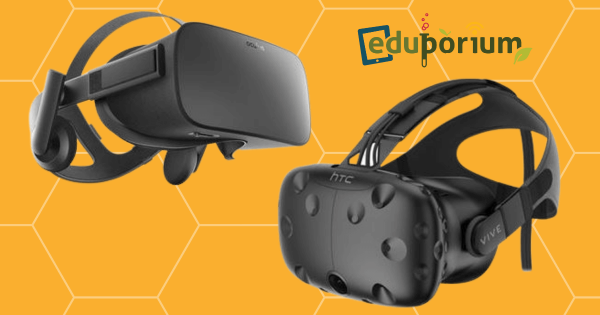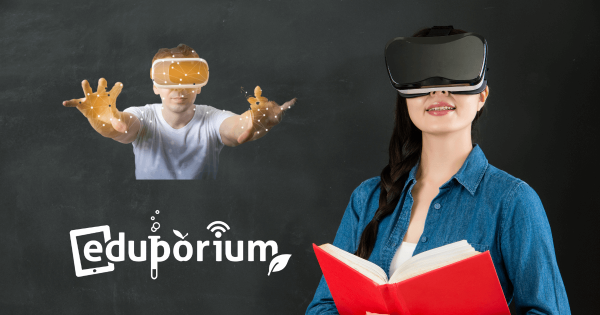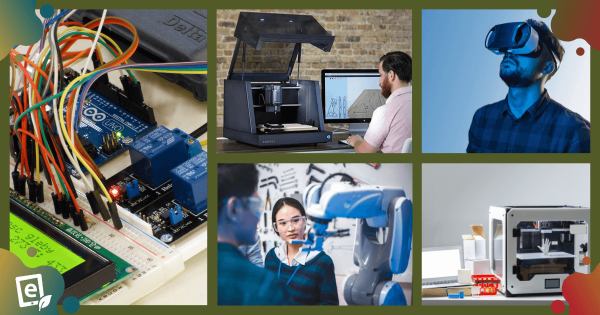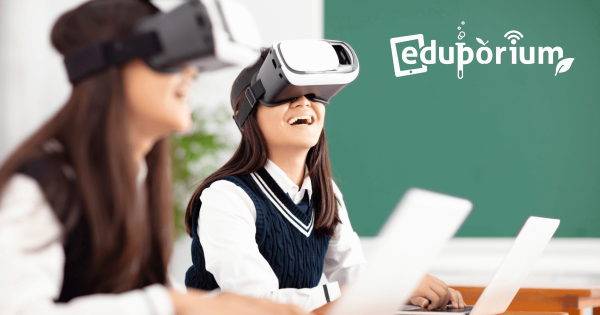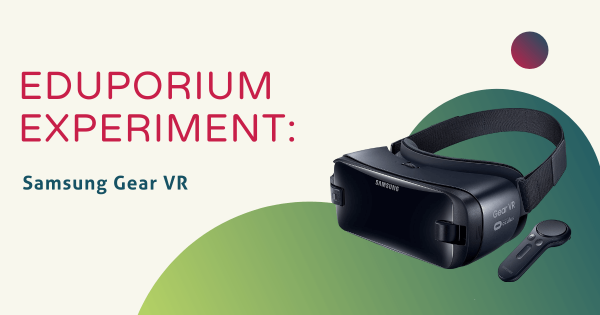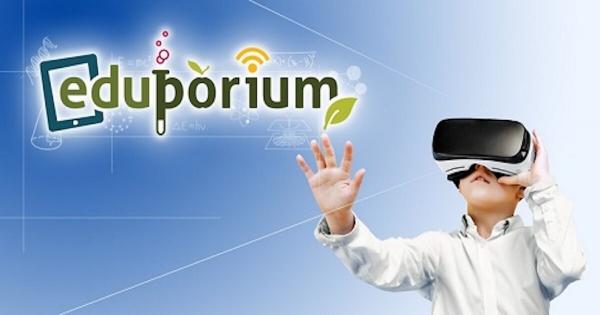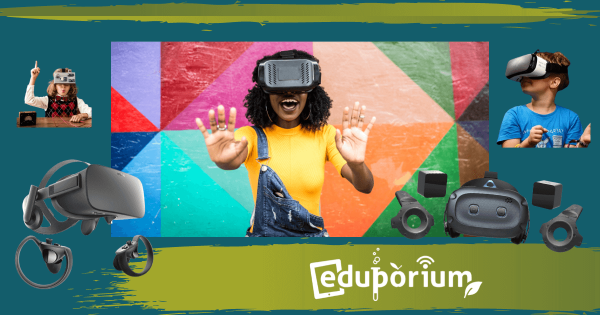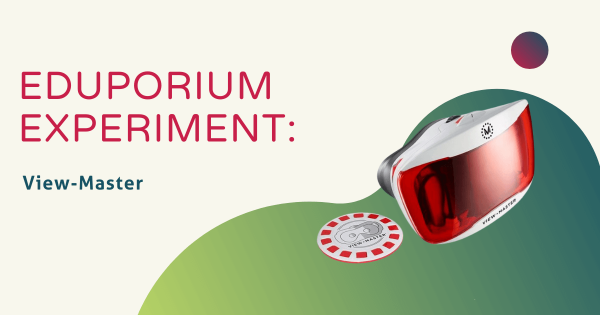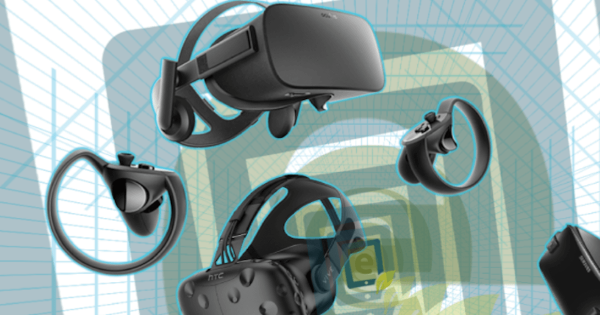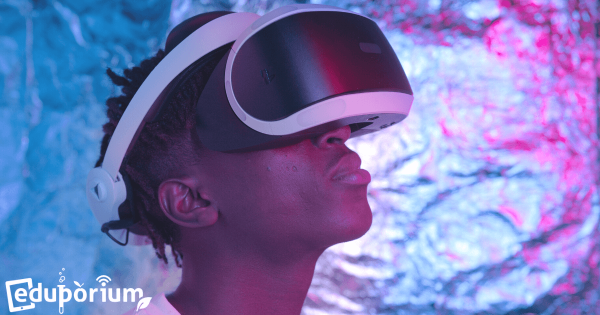As time goes by, virtual reality is becoming more than an insanely cool way to play video games or watch movies. It’s helping train STEM professionals and prepare people for the workforce and some of the common uses that could soon be a regular part of virtual reality. It’s also an effective instructional tool across K-12.
AR VR in EDU
With the benefits of VR in education extending immensely, K–12 VR solutions are also evolving. When using this VR hardware and software, educators at all grade levels can create highly engaging, interactive, and immersive learning experiences, empowering students to consume educational content in entirely new ways. Whether it's with high-end systems or simplistic, handheld devices, both AR and VR in EDU are impacting learning. Among the many benefits of immersive learning, students can experience greater retention, increase interest levels, and uncover new passions. Plus, with all this valuable VR content now available, this type of learning goes beyond enjoyment. Educators can create high-impact lessons and experiences and classroom VR tools are an excellent vehicle. Plus, as VR research in education continues to expand, we're likely just getting started.
We consistently share two main VR recommendations for teachers. They include the RobotLAB VR Expeditions 2.0 kits and the TD Synnex VR Kits. A perfect alternative for Google Expeditions kits, the RobotLAB VR solutions are super similar. Teachers can lead interactive Expeditions or VR field trips and utilize real-time points of interest to provide students with pertinent information. With hundreds of Expeditions available within this software, there is truly something for every subject. As for the TD Synnex kits, students can use the ExpeditionsPro app to easily access many appealing VR lessons. Plus, it also boasts tons of amazing features and it's compatible with various smartphones, tablets, and PCs for added convenience. Each of these top virtual reality systems also enable any educator to lead in-depth classroom lessons and pique student interest using this medium.
-
5 Educational VR Systems you Need in your Classroom
Virtual reality is coming. And, it’s coming quicker than most of us realize. Even in education, virtual reality is finding its way into the classroom and offering students the chance to explore learning with a technology that’s unlike anything else. With its immersive capabilities and incredibly vivid graphics, VR is poised to disrupt education. -
7 High School STEM Tools That Are Driving Student Success
Technology is an invaluable catalyst for deeper learning experiences in the early grades, but, by the time students get into their high school years, it is more of a necessity. The new modern workforce is filled with an increasing number of STEM jobs that require applicants to utilize coding, 3D printing, or some other emerging skill. Here are seven options -
It Really Was A Gamechanging VR Event... Thanks To You
We had a crowd that was larger than expected at Café Escadrille in Burlington, MA and tons of immersive learning in the form of presentations and virtual exploration. Attendees included educators and industry enthusiasts made up of VR experts and novices who all shared the same passion for exploring this technology. -
Your Last Chance To Be Part Of An Awesome VR Event
Come learn about this rapidly emerging field of technology and that impact it will have on modern education. You’ll have the chance to try out the HTC Vive, Oculus Rift, Samsung Gear VR, and more, network with some brilliant industry leaders, and hear from Caitlin Krause, a VR advocate and speaker, on the impact of immersive education in today’s classrooms. -
Try The Oculus Rift, HTC Vive, And Gear VR—For FREE
We’ve been working hard perfecting our skills, as you can see above, and we’re ready to put on a great event. Come sample some of the best virtual reality headsets, including HTC Vive, Oculus Rift, Samsung Gear VR, and more at our FREE hands-on workshop and networking event! You’ll learn from expert speakers and get to try the headsets. -
Eduporium Experiment | View-Master
To step into a virtual reality experience is to transport yourself to a whole new world—you can become as small as an atom or fly as far away as the farthest planet in our solar system. We have the technology to literally make the world our oyster. Today, I took a look at one of the VR products we offer -
FREE Event: VR In Education—A Gamechanger Beyond Games
The Eduporium team is thrilled to announce the first after-school VR event that lets you learn, play, collaborate, and meet fellow EdTech leaders who are curious about virtual reality’s uses in education. Stop by on your way home after school on Thursday, April 13. Come meet Caitlin Krause, a noted educational industry expert and teacher. -
Eduporium Weekly | A Virtual Reality Takeover?
Its potential is enormous and the learning opportunities it helps create are astounding. Some teachers, however, shy away from trying it because they assume that it’s too complicated or too expensive. The truth is that it’s outrageously easy to use and extremely affordable—even for educators. So, does VR have a future in K-12 classrooms?




